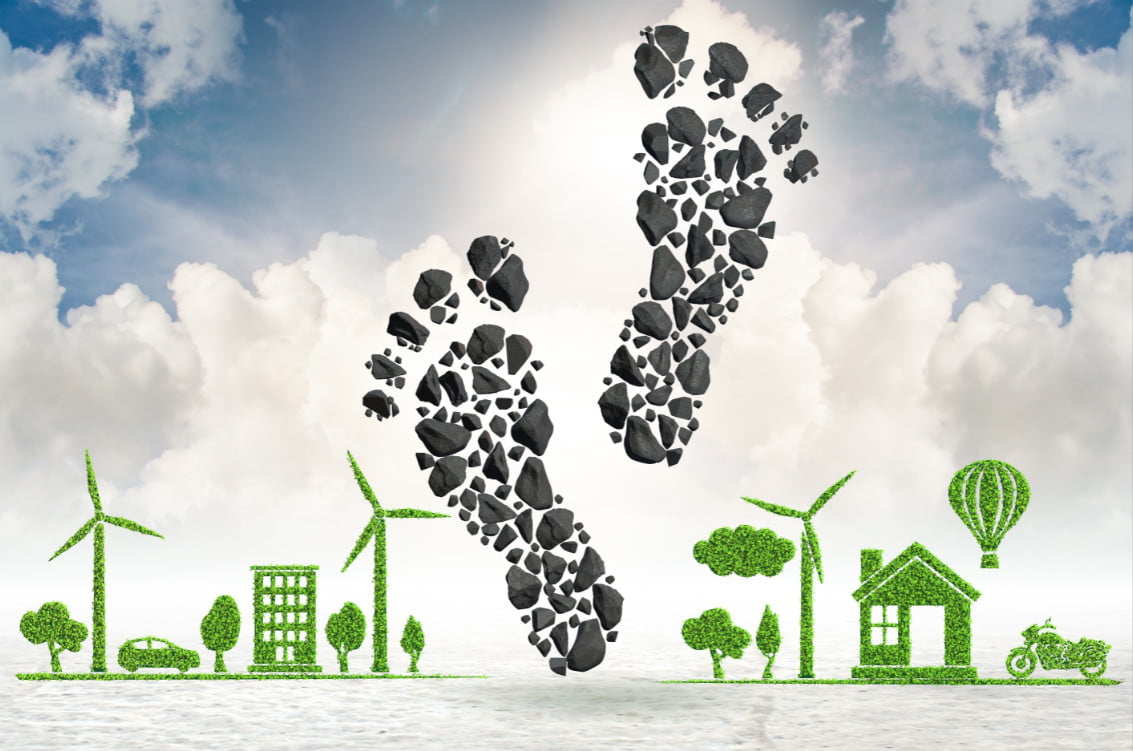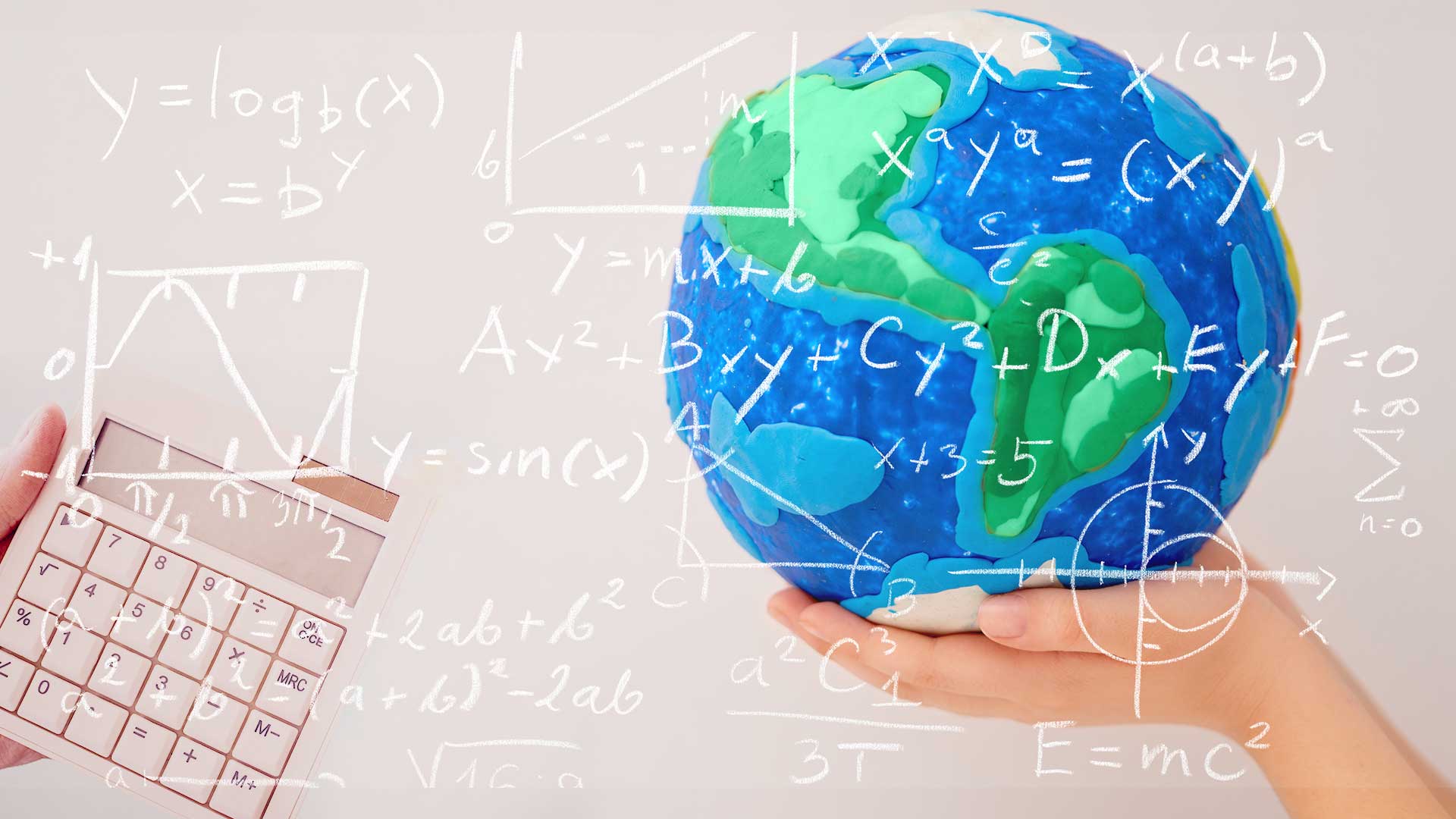Increased CO2 levels in the atmosphere are buffered by the oceans, as they absorb roughly 30 % of this CO2. The negative consequences of this are that the oceans become more acidic. The CO2 reacts with water and carbonate to form carbonic acid, reducing the available carbonate that shellfish, crabs and corals combine with calcium to make hard shells and skeletons.
Materials
Chemicals | Apparatus |
Bicarbonate of soda (1/2 teaspoon) | 2 x 500 ml Beakers |
White vinegar (1 teaspoon) | Small plastic or paper cup (100 ml) |
Indicator: Bromothymol blue (Diluted with water: 8 ml bromothymol blue (0.04% aqueous) to 1 litre of water) | Masking tape |
2 x Petri dishes or lid for large beakers | |
Safety glasses and lab coat | |
Teaspoon or 5 ml measuring cylinder | |
Two sheets of white paper |
Method
- Pour 50 ml of the indicator solution into both beakers.
- Add 1/2 teaspoon (2 grams) of bicarbonate of soda to the plastic cup.
- Tape one paper cup inside one beaker containing the indicator solution so that the top is about 1 cm below the top of the beaker. Make sure the bottom of the paper cup doesn´t touch the surface of the liquid in the plastic cup. The other beaker will be your control.
- Place both clear plastic cups onto a sheet of white paper and arrange another piece of white paper behind the cups as a backdrop (so you can see any colour change).
- Carefully add 1 teaspoon (5 ml) of white vinegar to the plastic cup containing the bicarbonate of soda. Be very careful not to spill any vinegar into the indicator solution. Immediately place a Petri dish over the top of each beaker.
- Position yourself so you are at eye level with the surface of the indicator solution, ready to see a colour change occurring.
Results
- What colour does the solution that contains the plastic cup change to?
- Vinegar (acetic acid) and bicarbonate of soda (Sodium bicarbonate) react to produce CO2 that is now present in the atmosphere of the large beaker, in contact with the indicator solution (the ocean). Some of the CO2 starts to absorb into the ocean, changing its pH.
- A colour change from blue to yellow represents a reduction in pH. Is the solution (the ocean) becoming more acidic or more basic?
Application to the World’s Oceans
Corals and shellfish can be affected by ocean acidification, making it harder to create their shells, which will affect other fish up through the food web.
Corals and fish can be affected by slight changes in the temperature of the water and the next experiment also shows the effect of temperature increase on CO2 absorption, creating a positive feedback, a knock-on effect.



